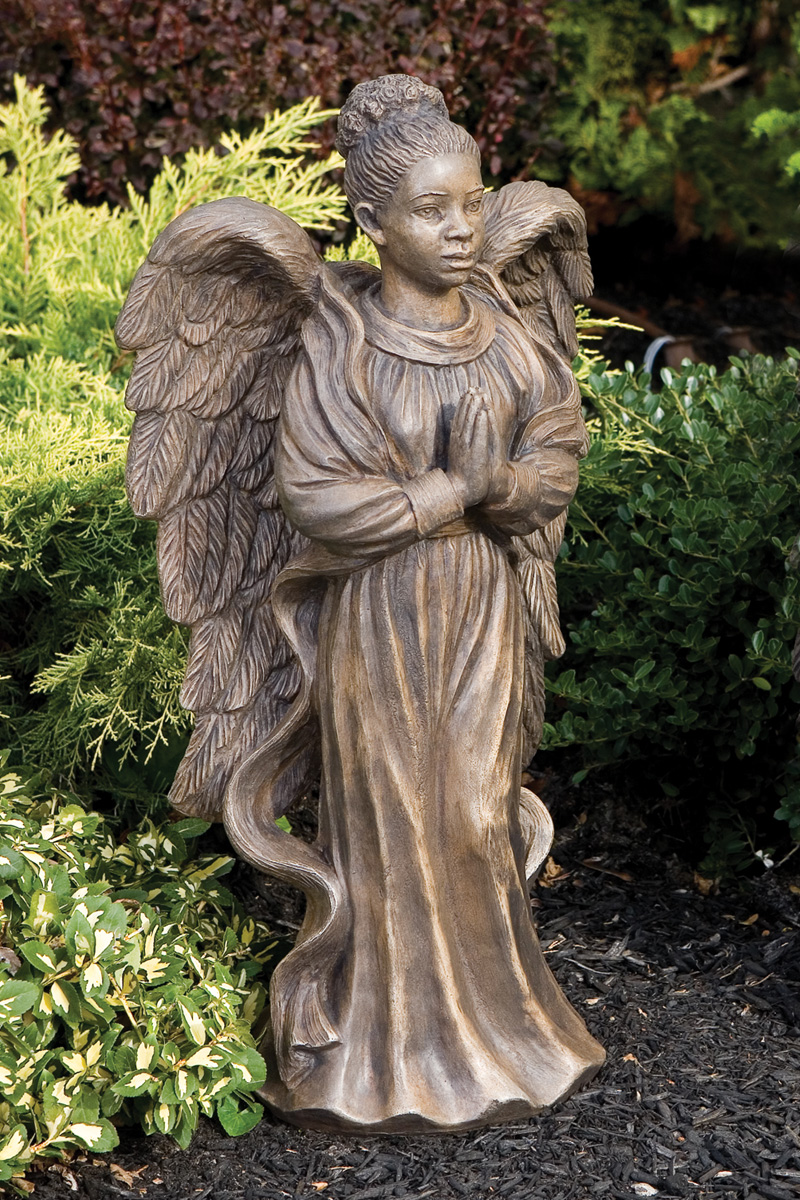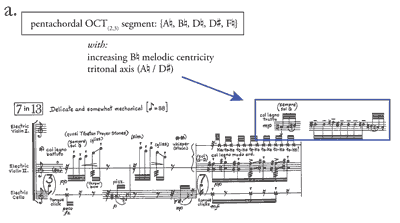

William Blake ‘The Good and Evil Angels’, 1795/?c.1805. An important pitch element in the work – descending E, A, and D-sharp – also symbolizes the fateful numbers 7-13. These “magical” relationships are variously expressed e.g., in terms of length, groupings of single tones, durations, patterns of repetition, etc. The numerological symbolism of Black Angels, while perhaps not immediately perceptible to the ear, is nonetheless quite faithfully reflected in the musical structure. The three stages of this voyage are Departure (fall from grace), Absence (spiritual annihilation) and Return (redemption). The underlying structure of Black Angels is a huge arch-like design which is suspended from the three “Threnody” pieces. The image of the “black angel” was a conventional device used by early painters to symbolize the fallen angel. The numerous quasi-programmatic allusions in the work are therefore symbolic, although the essential polarity – God versus Devil – implies more than a purely metaphysical reality. The score bears two inscriptions: in tempore belli (in time of war) and “Finished on Friday the Thirteenth, March, 1970”.īlack Angels was conceived as a kind of parable on our troubled contemporary world.

The work draws from an arsenal of sounds including shouting, chanting, whistling, whispering, gongs, maracas, and crystal glasses. George Crumb, 1990Ĭuarteto Latinoamericano, Juan Pablo Izquierdoīlack Angels is probably the only quartet to have been inspired by the Vietnam War.

There were terifying things in the air… they found their way into Black Angels. Electric string quartet Thirteen images from the dark land


 0 kommentar(er)
0 kommentar(er)
